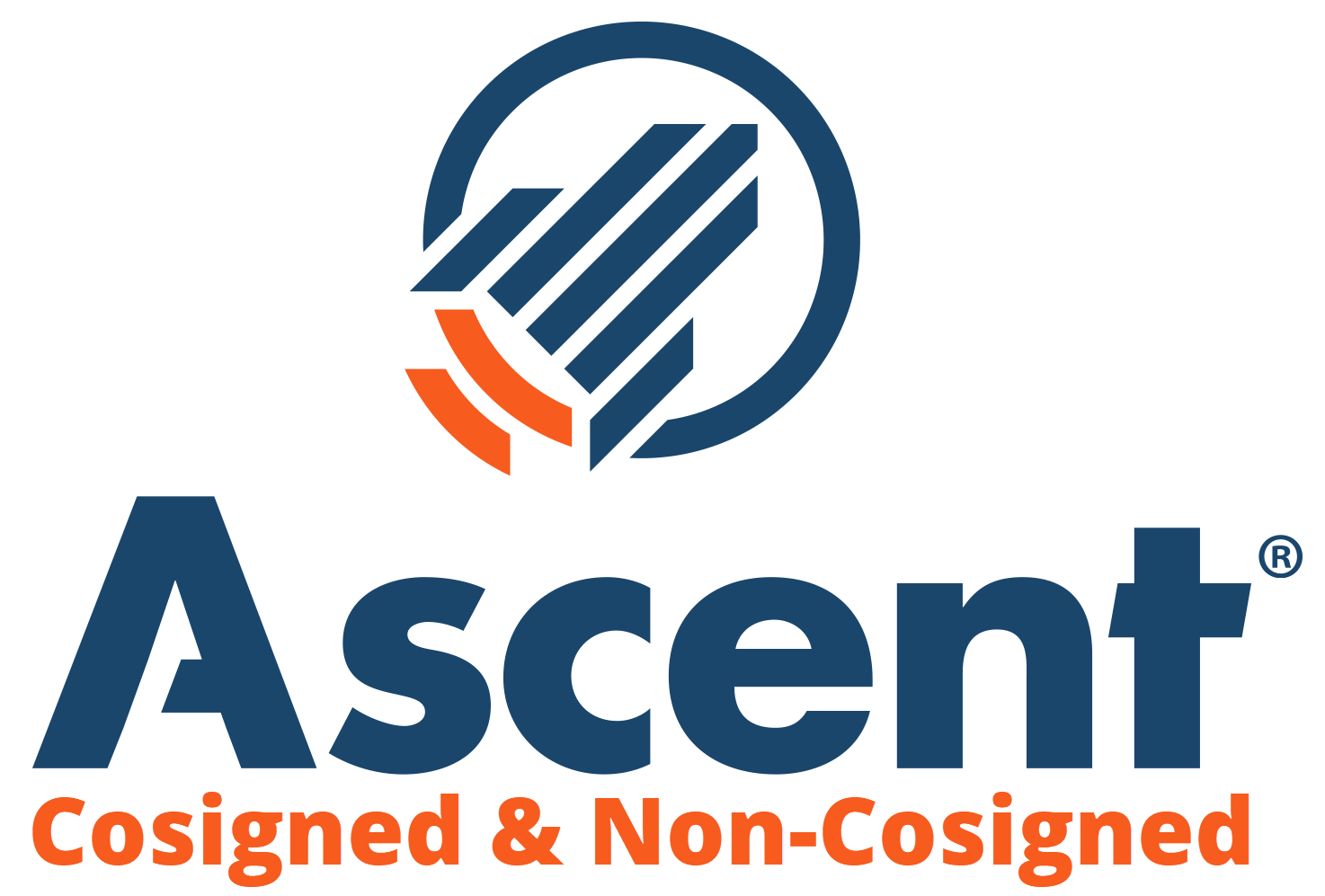As you start shortlisting colleges to apply to, you’ll see that many colleges offer the option of early action. You must take time to understand what ‘early action’ means, and how it affects you. This will help you make a more informed decision about whether or not it’s right for you.

The Basics of Early Action
The early action deadline allows students to apply much earlier than normal. Most colleges set their early action deadline for November 1 or November 15. Some schools may vary from these dates, though not by too much. Applications received after the deadline will be considered as regular applications.
As an early action applicant, you will get notified about your admission decision earlier than other students. You should know whether or not you are accepted by around mid-December.
Important Things to Note
Early action admissions are not binding. This means you’re not obligated to accept an offer of admission. You don’t have to rush into replying either. You have until the national response deadline of May 1 to inform the college about your decision.
It’s a good idea to read up about the early action rules for each school individually. Every school may have its own specific restrictions. For example, Harvard, Stanford, Princeton, and Yale practice restrictive early action plans. With a restrictive plan in place, you still have the choice to turn down the school’s offer of admission for any reason. However, you’re not allowed to send in early action applications to any other schools.

Pros Of Applying Early Action
There are several advantages to applying early action.
Demonstrated Interest
It lets your preferred colleges know that they are your top choice and you’re serious about attending. That may boost your chances of getting accepted provided of course that your application meets all other requirements.
Not a Binding Decision
The biggest advantage of early action is that it is not binding. This is unlike early decision, which is binding. You’re under no obligation to attend any college that accepts you through your early action application. This allows you to compare financial aid offers from all other schools that you applied through regular decision. Accordingly, you can accept the offer that best fits your needs, both financially and academically.
Deferring and Reevaluation
The possibility of getting your application deferred is another advantage of applying early action. If the early applications are particularly competitive, a school may push your early application into the regular decision cycle. They will then re-assess your application in January or February along with other regular applicants. The school will inform you of their decision to defer reviewing your application. If you’re very keen on attending that school, you still have time to strengthen your application before it is re-evaluated. Call the school’s admission office and ask them for suggestions on what you could do.
Cons Of Applying Early Action
There’s only one major downside. You have to start your application prep early and have everything ready to submit by the early deadline.
What Early Action Means For You With Regards To Timelines
If you decide to apply early action, keeping track of certain timelines is really important. Unfortunately, many students only realize this too close to the deadline. At that time, there’s not much you can do.
The requirements for early action admissions are the same as the requirements for regular admissions. You will need to submit a strong application to be considered for admission. There’s no use applying early action if you are just going to throw together an application at the last minute.
There are several things you need to have in place when applying to college–recommendation letters, transcripts, test scores, essays. With early action, you need to have all of these things ready to submit well before November 1. This means you will need to start preparing several months before your classmates start their traditional application prep.
Important Deadlines to Keep in Mind
Start getting these things in place early so you have them all set to be submitted by the early action deadline:
Transcripts
Put in a request for your transcripts no later than October 1. This goes for any other documentation that you need from your schools.
Letters of Recommendation
Ask your advisor or teacher for recommendations early in the year. Try and get this before the end of September.
SAT/ACT scores
Plan on taking the first SAT/ACT test during the spring of sophomore year. If you’re not happy with your score, you still have two more opportunities to retake the tests. The next opportunity will be during the fall of your junior year. The last time for taking the test will be in the spring of your junior year. You may not need to retake the tests for the second or third time. But you do want to keep your options open in case you think you could improve your score. Taking the test early will allow you to do this.
Personal Essay
Writing a compelling personal essay takes time. Give yourself enough time to work on it. Start brainstorming early, preferably over the summer. Then work on the draft, get feedback, and edit the essay till you are 100% happy with it.
Is Early Action For You?
Early action offers you several benefits. And they are not binding, so you are under no obligation to accept any offer that doesn’t suit you. If you’ve found a college that is a strong match for you academically, geographically, and socially, you must take advantage of early action. This is only provided that you can put together a strong application by the early action deadline.
If you’re considering early action, you need to be certain of your choice to attend that school. See how you match up to the colleges on your shortlist with our free college match tool!
| Lender | Rates (APR) | Eligibility | |
|---|---|---|---|
 |
5.19% - 15.81%* Variable
3.99%-15.61%* Fixed |
Undergraduate and Graduate |
VISIT CITIZENS |
 |
4.79% - 14.96% Variable
3.49% - 15.49% Fixed |
Undergraduate and Graduate |
VISIT SALLIE MAE |
 |
4.38% - 17.99% Variable
3.39% - 17.99% Fixed |
Undergraduate and Graduate |
VISIT CREDIBLE |
 |
5.34% - 13.19% Variable
3.48% - 12.61% Fixed |
Undergraduate and Graduate |
VISIT LENDKEY |
 |
5.25% - 14.26% Variable
3.39% - 14.16% Fixed |
Undergraduate and Graduate |
VISIT ASCENT |
 |
3.70% - 8.75% Fixed |
Undergraduate and Graduate |
VISIT ISL |
 |
4.99% - 16.85% Variable
3.47% - 16.49% Fixed |
Undergraduate and Graduate |
VISIT EARNEST |
 |
5.00% - 13.97% Variable
3.69% - 14.22% Fixed |
Undergraduate and Graduate |
VISIT ELFI |





